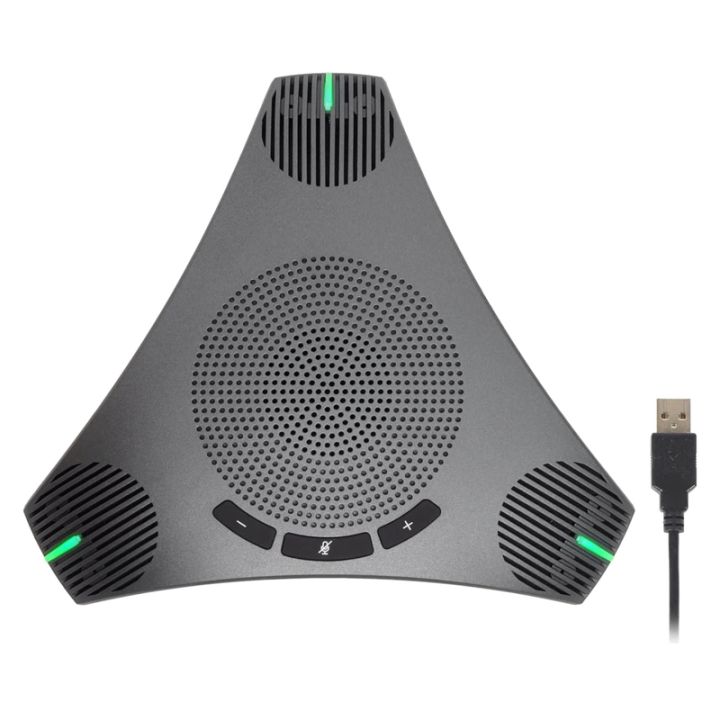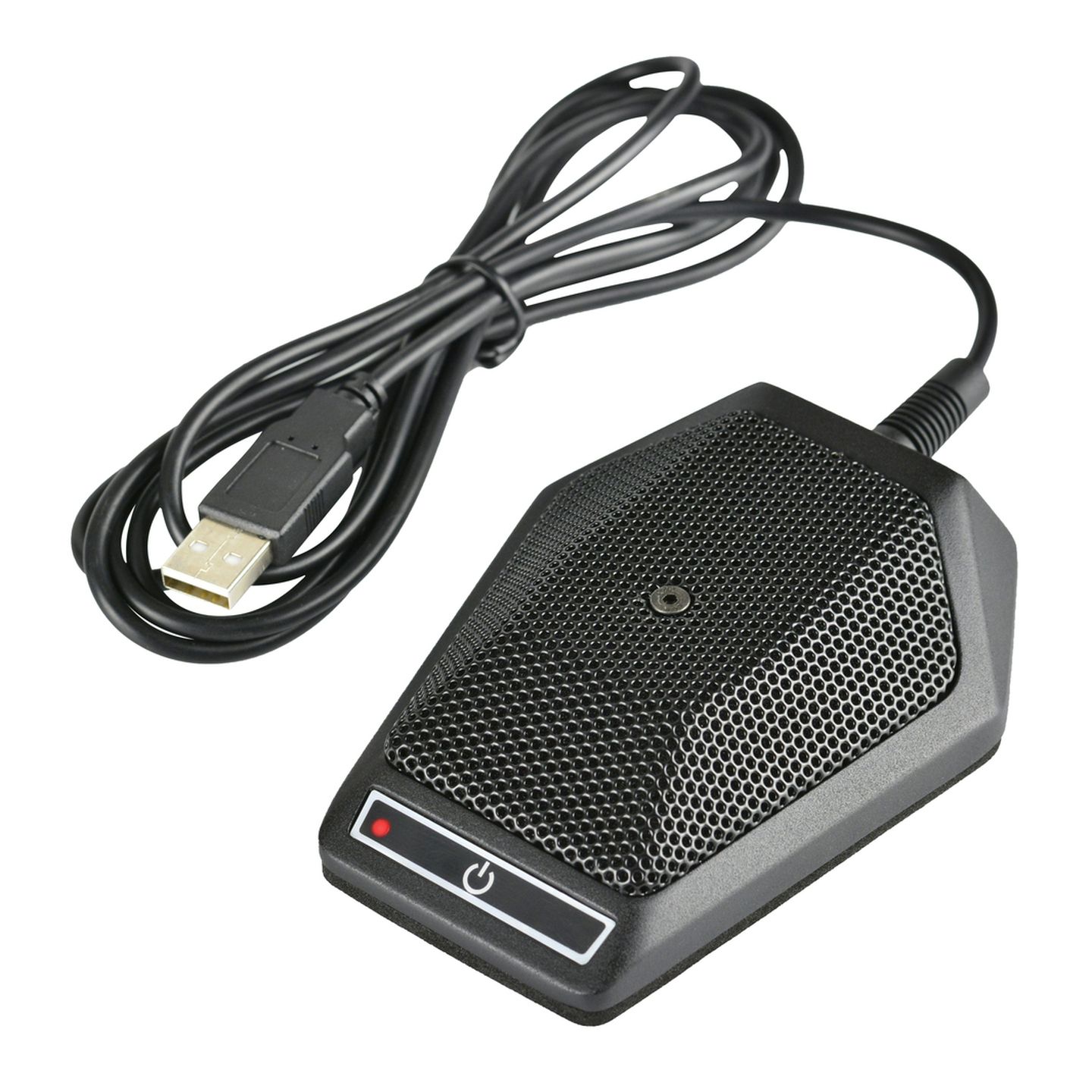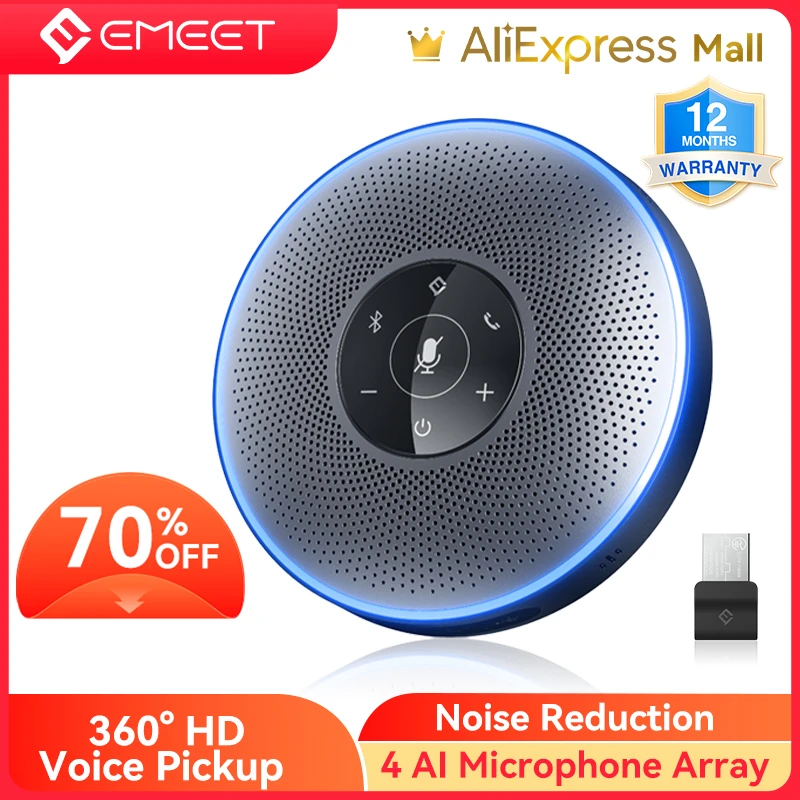Conference Call Speaker And Microphone Usb

The proliferation of remote work and hybrid environments has fueled a surge in demand for reliable and high-quality audio conferencing solutions. USB conference call speakers and microphones have emerged as critical tools for effective communication, driving significant innovation and market growth in the audio technology sector.
These devices, designed for ease of use and portability, cater to a diverse range of users, from individual professionals working from home to large organizations conducting global meetings. Experts predict continued expansion in this market as companies increasingly prioritize seamless and productive virtual interactions.
The Rise of USB Conference Call Solutions
The demand for USB conference call speakers and microphones is primarily driven by the need for clear and consistent audio quality in virtual meetings. Traditional computer microphones often lack the noise cancellation and directional sensitivity required for professional communication. USB solutions bridge this gap, offering enhanced features that optimize the audio experience for all participants.
A recent report by Future Market Insights projects a steady compound annual growth rate (CAGR) of over 8% for the global audio conferencing market through 2033. This growth is attributed to increasing adoption of unified communications and collaboration (UC&C) platforms, and the ongoing shift towards remote work.
Key Features and Benefits
USB conference call speakers and microphones offer several advantages over built-in audio systems. These include improved noise cancellation, wider frequency response, and enhanced voice pickup range.
Many devices also incorporate advanced technologies such as acoustic echo cancellation (AEC) and automatic gain control (AGC) to further refine audio quality. These features minimize distractions and ensure that voices are clear and audible, regardless of the environment.
Furthermore, the plug-and-play functionality of USB connectivity simplifies setup and eliminates the need for complex driver installations. This ease of use makes these devices accessible to users with varying levels of technical expertise.
Major Players and Market Trends
The USB conference call speaker and microphone market is populated by a mix of established audio technology companies and emerging players. Companies like Jabra, Poly (formerly Plantronics and Polycom), and Logitech are recognized leaders in this space, offering a wide range of solutions to meet diverse needs.
Recent trends include the integration of artificial intelligence (AI) to improve noise reduction and voice enhancement. Devices are now capable of automatically identifying and suppressing background noise, such as keyboard clicks and ambient chatter, leading to clearer and more focused conversations.
Another trend is the increasing adoption of wireless connectivity via Bluetooth, allowing for greater flexibility and mobility. These wireless solutions are particularly popular among users who frequently move between meeting rooms or work from various locations.
Impact on the Future of Work
USB conference call speakers and microphones are playing a crucial role in shaping the future of work. By facilitating seamless and productive virtual meetings, these devices enable geographically dispersed teams to collaborate effectively. They minimize the communication barriers often associated with remote work, promoting a more connected and engaged workforce.
Moreover, the enhanced audio quality provided by these solutions improves the overall meeting experience, reducing fatigue and improving comprehension. This can lead to increased productivity and better decision-making.
For individuals working from home, investing in a high-quality USB conference call speaker and microphone can significantly enhance their professional image and credibility. Clear and consistent audio ensures that their voice is heard and respected during virtual meetings.
Conclusion
The market for USB conference call speakers and microphones is poised for continued growth as remote work and virtual collaboration become increasingly prevalent. As technology continues to evolve, we can expect to see further innovations in audio quality, noise cancellation, and connectivity.
The increasing demand for these devices underscores their importance in enabling effective communication and collaboration in the modern workplace. Individuals and organizations alike recognize the value of investing in high-quality audio solutions to ensure clear, productive, and professional virtual interactions.


















